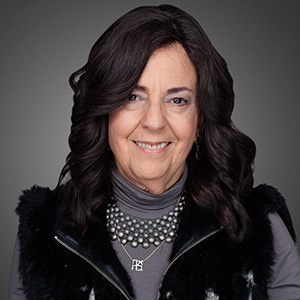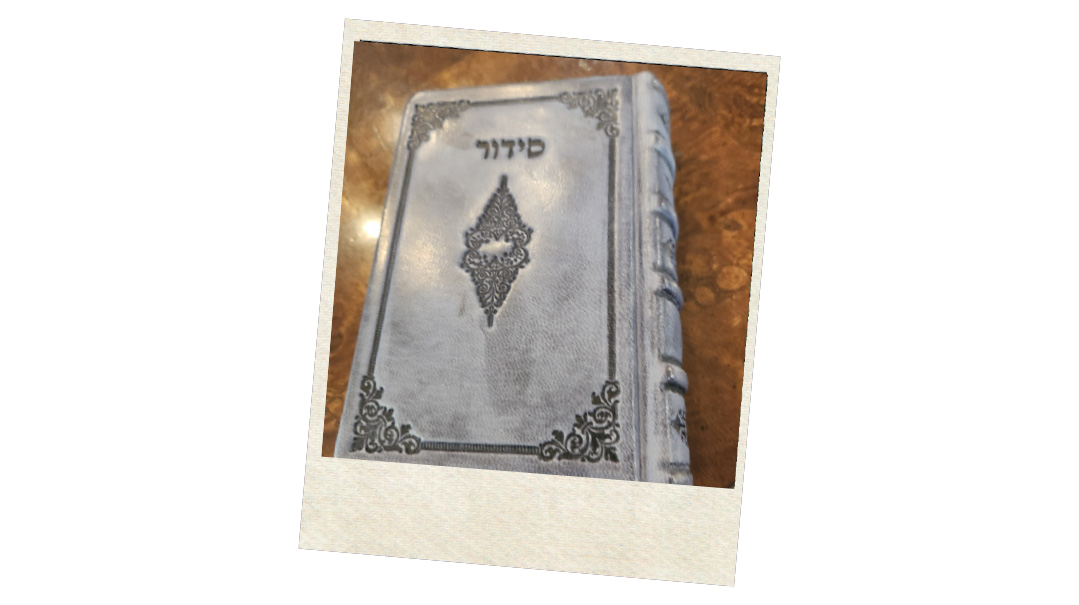Remembering Earlier Chapters

Akiva had been given this siddur by his rebbi in fifth grade, and he’d carried it in his tefillin bag

Although my sons graduated from their yeshivah several years ago and it’s been many years since my husband davened there, I opted to remain on the mailing list to “stay in the loop” that once occupied my life. I like seeing the simchahs and the events that are still happening, though often, it is the grandparents whose names I recognize on the upcoming simchah announcements. Sadly, it also keeps me aware of Tehillim updates for cholim and, chas v’shalom, levayah or shivah information.
One day, I glanced at the announcement that the Brailofsky family was sitting shivah for their father, who had served as a rebbi for many years in the elementary school.
“Wait, that name… I’ve seen it before!”
I made a beeline for my bookcase and took out the siddur I use every day for Shacharis. Yes! The inscription to my son Akiva a”h was signed by Yaacov Kopel HaLevi Brailofsky.
Akiva had been given this siddur by his rebbi in fifth grade, and he’d carried it in his tefillin bag. When Akiva was niftar, I began using the siddur for my morning davening.
This past summer, I noticed that, after all these years, it was falling apart. The original binding was broken and the pages had begun to fray. My daughter has a friend whose father takes old seforim and refurbishes and repairs them, and he transformed the siddur into a piece worthy of heirloom status. It had a brand-new deep-blue leather cover, and the pages looked new. The precious inscription remained in all its special glory on the inside cover, signed by the rebbi who had impacted my son so much that Akiva had used the siddur for the remainder of his life.
Oops! We could not locate your form.



